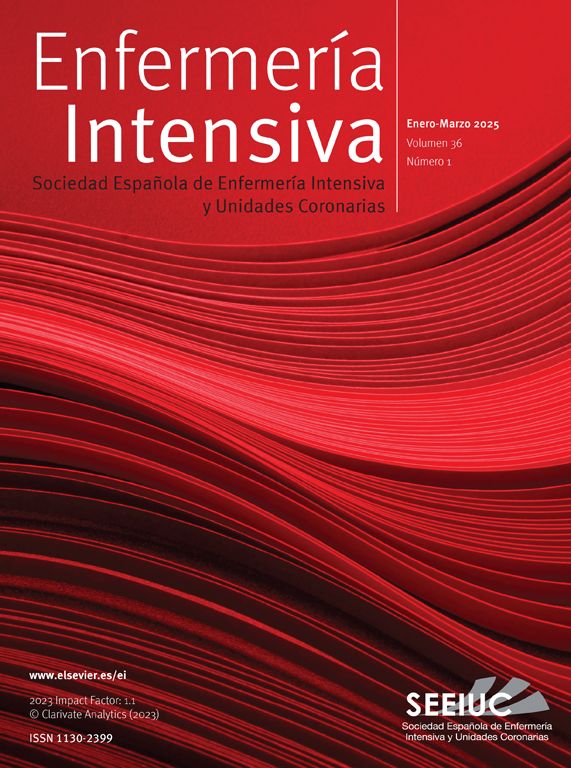La correcta monitorización de la analgesia y la sedación debe ser uno de los objetivos principales en las Unidades de Cuidados Intensivos. Una vez asegurada la analgesia, la correcta dosificación de los sedantes va a depender de la monitorización correcta del nivel de sedación. Desde hace años se han utilizado sistemas de monitorización basados en escalas. Estas escalas son adecuadas para la monitorización de la sedación superficial, pero no son capaces de evaluar el grado de sedación en pacientes profundamente sedados o con bloqueantes neuromusculares en perfusión continua. Actualmente disponemos de diferentes sistemas de monitorización que nos facilitan llegar donde las escalas no alcanzan. En este capítulo revisaremos el monitor más empleado en la actualidad en las Unidades de Cuidados Intensivos, y el recomendado por el grupo de trabajo de Sedación y Analgesia de la Sociedad Española de Medicina Intensiva, Crítica y Unidades Coronarias (SEMICYUC) para la monitorización de la sedación profunda, el Monitor BIS®.
Adequate monitoring of analgesia and sedation should be one of the main goals in the Intensive Care Units. Once the analgesia is assured, the correct dosage of the sedatives will depend on the correct monitoring of the sedation level. For years, clinical scales have been used to evaluate the sedation level. These scales are appropriate for the evaluation of mild sedation but they cannot correctly evaluate deeply sedated patients or those patients who require continuous intravenous administration of neuromuscular blockade agents. In this chapter, we review the most used monitor to control the adequate level of sedation in the Intensive Care Units as well as the BIS® Monitor, which is the one recommended by the Analgesia and Sedation Work Group of the Spanish Society of Critical Care Medicine (SEMICYUC).







